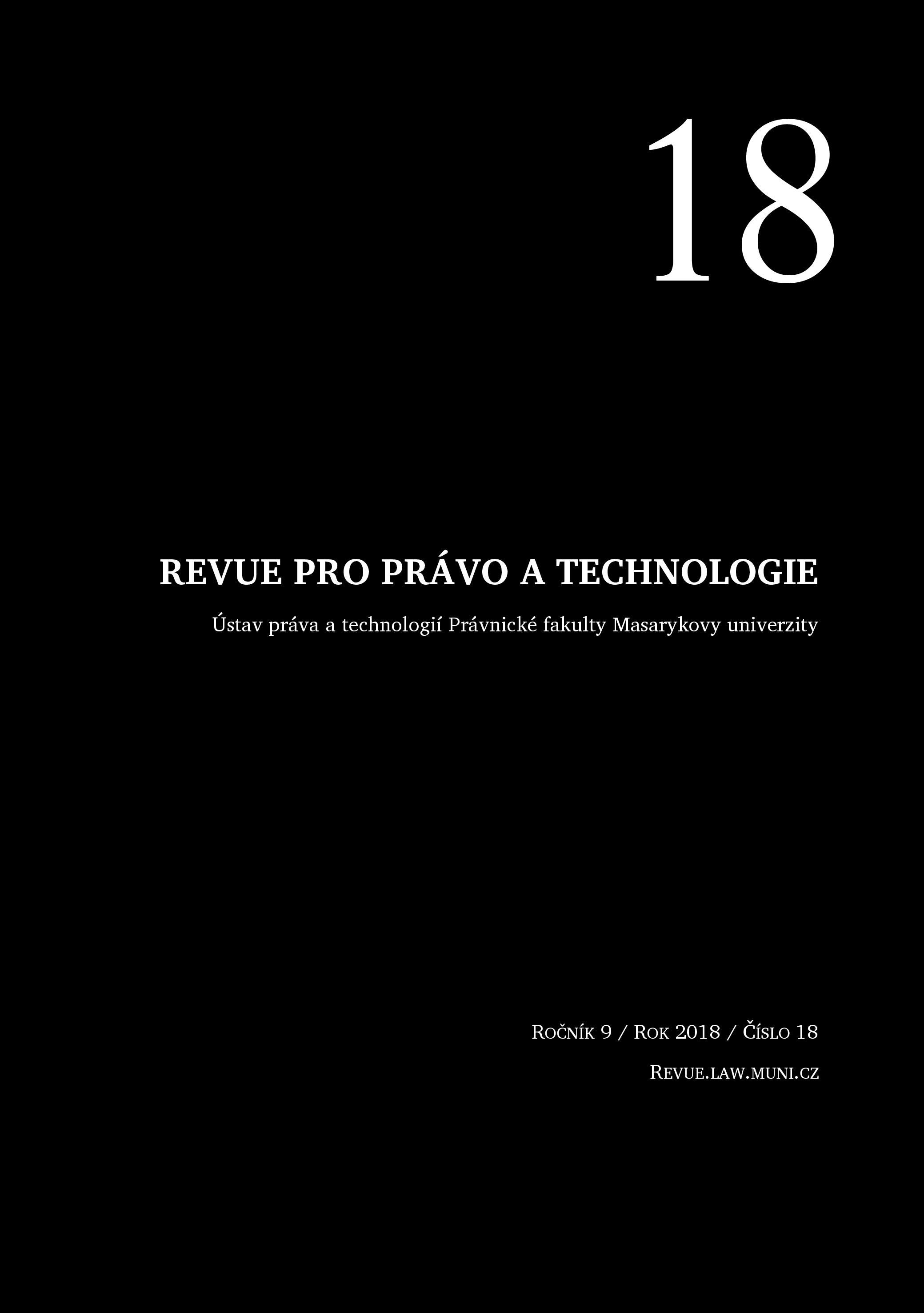Utajované patenty
Classified patents
Author(s): Tereza NovotnáSubject(s): Law, Constitution, Jurisprudence
Published by: Masarykova univerzita nakladatelství
Keywords: Secret patent; Patent law; Principle of disclosure; Classified information; Interests of Czech republic; Restriction on property rights
Summary/Abstract: This article comprehensively deals with the issue of secret patents, which are pa tents containing classified information. This institute therefore lies within the scope of industrial property rights and the protection of classified information. As such, it contains typical features of both legal branches, some of which are in contradiction. Therefore, the very existence of this institute, which is by its very nature non-public, is discussed with regard to the principle of disclosure, which is typical for the industrial property rights. It then analyzes the legal regulations of the institute itself at the international, European and, especially, national level, with an emphasis on the precise description of the procedure for its granting and with the effort to define the impact of the patent secrecy on property rights thereon. In particular, this part is devoted to who and how the degree of secrecy of the patent application is proposed, who decides on the degree and how this decision further affects subsequent patent proceedings. The position of the Industrial Property Office, the National Security Authority and possibly other central administrative bodies in this spe cific management are also defined. A section dealing with the analysis of the effect of patent confidentiality on the owner's property rights i salso included. This part is specific to the other text in particular by the absence of relevant norma tive and professional resources and is therefore compiled, inter alia, with the help of consultations with experts and historical text. Finally, the analysis is complemented with short comparison with legal regulations of secret patents in other countries, namely the United States, the United Kingdom and Germany, where the focus is mainly on different elements in procedure and this part includes some statistics comparing the number of classified patents or patent applications. However, these data could not be obtained from all countries. The comparison is followed by de lege ferenda evaluation, which evaluates current legislation, in particular on the basis of previous comparisons, and suggests the direction of possible future changes of this legal regulation.
Journal: Revue pro právo a technologie
- Issue Year: 9/2018
- Issue No: 18
- Page Range: 141-188
- Page Count: 49
- Language: Czech

